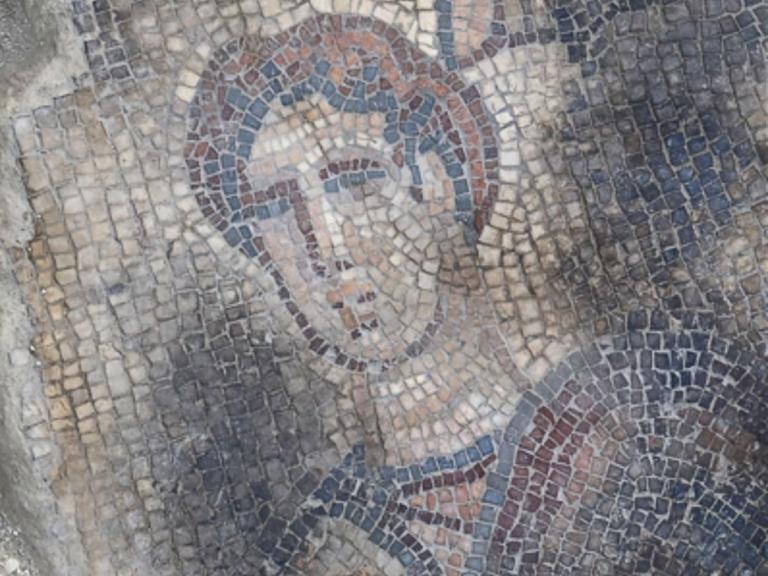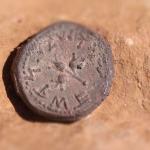
A site that has revealed multiple ancient mosaics featuring biblical stories is unveiling yet another biblical scene. Jodi Magness, professor of early Judaism at the University of North Carolina Chapel Hill, began excavating an ancient synagogue in the Jewish village of Huqoq in 2011. The village of Huqoq is located in lower Galilee, and the Magness believes the synagogue dates from the 4th, 5th, and 6th centuries, a time when Jerusalem was still under Roman rule, which had become a Christian empire in the 4th century. “Many of my colleagues in Israel think the Christian rule was oppressive to Jews and that many of these settlements declined and even disappeared during the fourth, fifth and sixth centuries. And my impression from the archeology was always exactly the opposite, that these Jewish settlements continued to exist and even to flourish,” Magness told The Christian Post. She later added, “And I think, based on the dating provided by associated artifacts of pottery and coins found in association with the construction of the building, I think that the archeological evidence indicates that this type of synagogue building dates to the fourth, fifth and sixth centuries. And this is significant because if they were built in the second or third centuries, that’s a pagan Roman context, and if it’s the fourth and the sixth century, it’s the Christian context.”
Magness has led excavations of the site every summer since 2011 except for two years during the pandemic. During that time, her team uncovered images of the biblical Jael and Deborah, mentioned in Judges 4. Deborah is the only female judge mentioned in the Bible, while Jael is infamous for stabbing the Canaanite commander, Sisera, in the eye with a peg, killing him. Further mosaics depicted Noah’s Ark, the parting of the Red Sea, Jonah and the whale, and the two spies exploring Canaan, amongst other stories. The mosaics also display animals, including mythological ones, often with one animal hunting its prey. Images of Samson had been discovered in prior years, with images of Samson lighting the tails of foxes as mentioned in Judges 15:4 and carrying the Gaza gate over his shoulders as described in Judges 16:3. The latest finding adds more context to the Samson images, with the inclusion of a Philistine horseman and dead Philistine soldier.
This will be the last excavation of the site that Magness will be a part of as she prepares to publish her findings. To date, only partial images of the mosaics have been made public as Magness prepares to publish her research. She stated that publication is a vital part of the archaeological process as it preserves the historical record. “Once we excavated that material out of the ground, you can never put it back the way it was, which is why archaeologists record everything that we do by every means possible,” she said. “Archaeology is a destructive process, so if we do not publish all of those records effectively, we have destroyed the past.”


